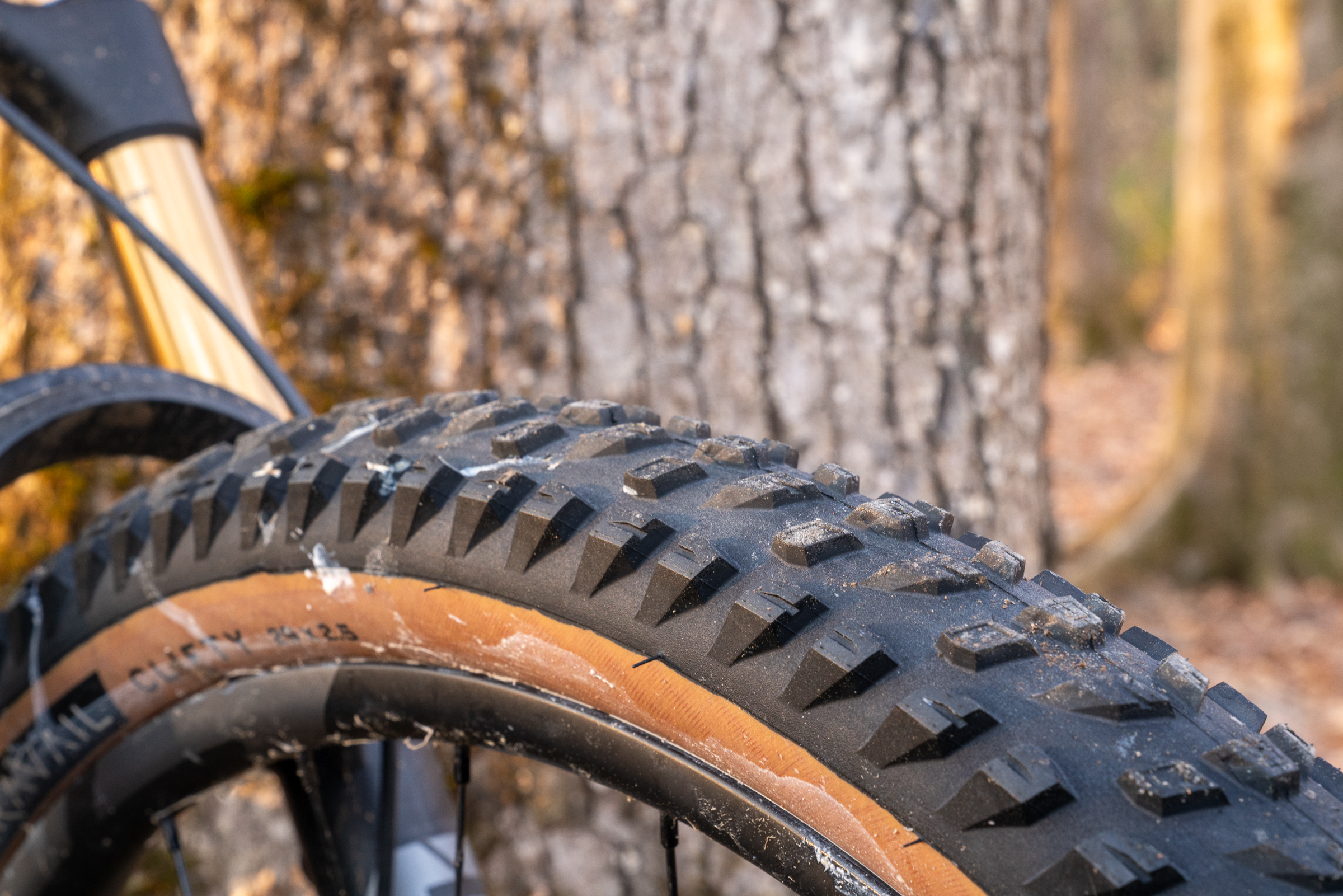
The Teravail Clifty is billed as a tire that’s “designed for balanced performance in unpredictable terrain,” and after testing the tire across Pisgah, NC; Arkansas; Vermont; and my home trails in Georgia, I found that description mostly holds up. While the Clifty isn’t exactly an all-conditions tire, it’s proven to be a solid front tire and an even better rear tire for a wide range of dry, technical trails.
Teravail Clifty key specs
- Weight: 950g (29×2.5″, Durable casing, tan sidewall)
- Options: Durable or Durable Plus casing, black or tan sidewalls, one size only
- Designation: All-mountain
- Price: $80
- Buy from Jenson USA
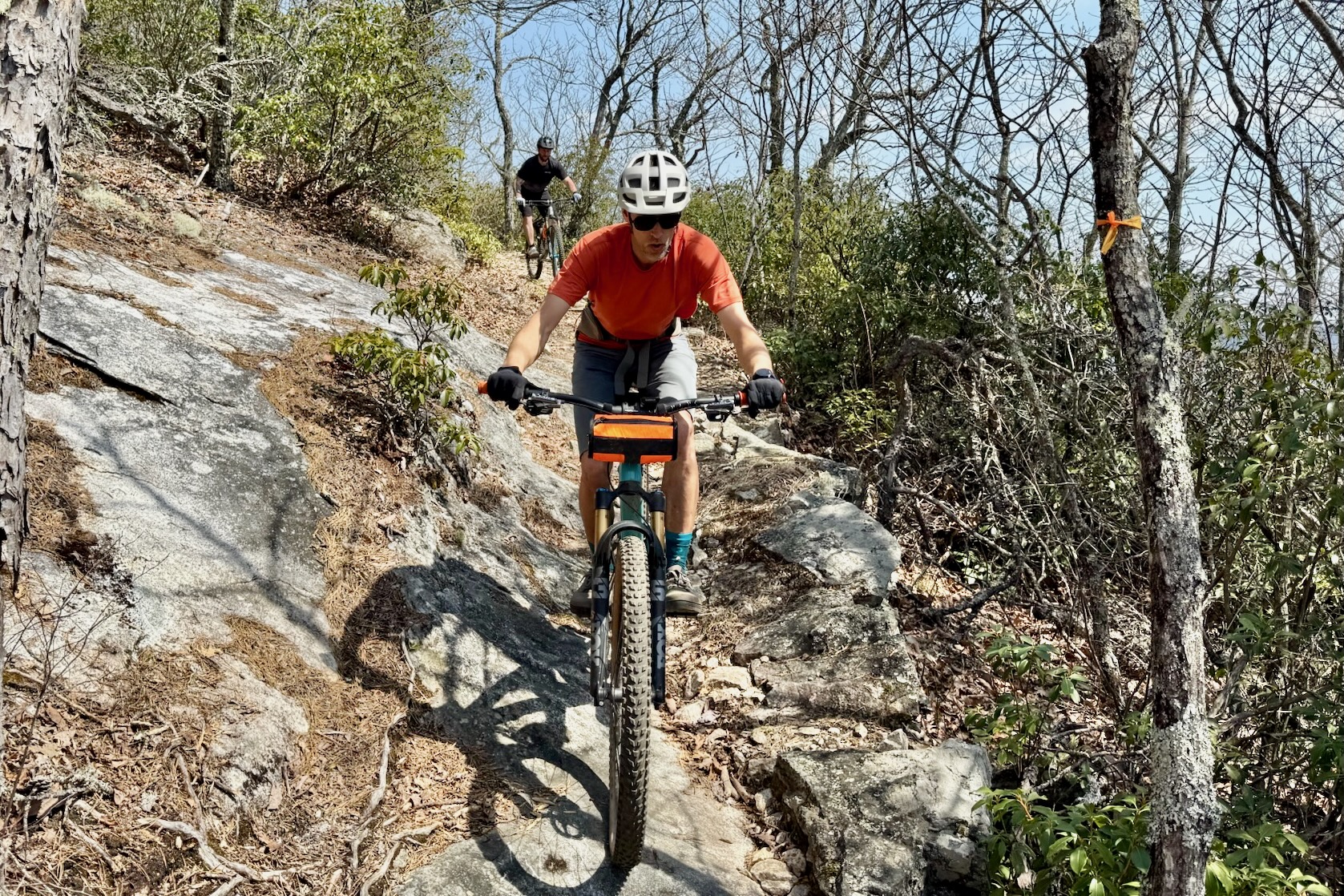
Performance on the trail
The Teravail Clifty sports a chevron tread pattern with two repeating block patterns that run down the middle of the tire. A three-knob braking block features a ramped, trapezoidal-shaped knob at the center flanked by squared-off, rectangular knobs on the left and right. The other block, presumably geared toward transitions, is made up of two ramped and siped knobs that are angled toward the side knobs.
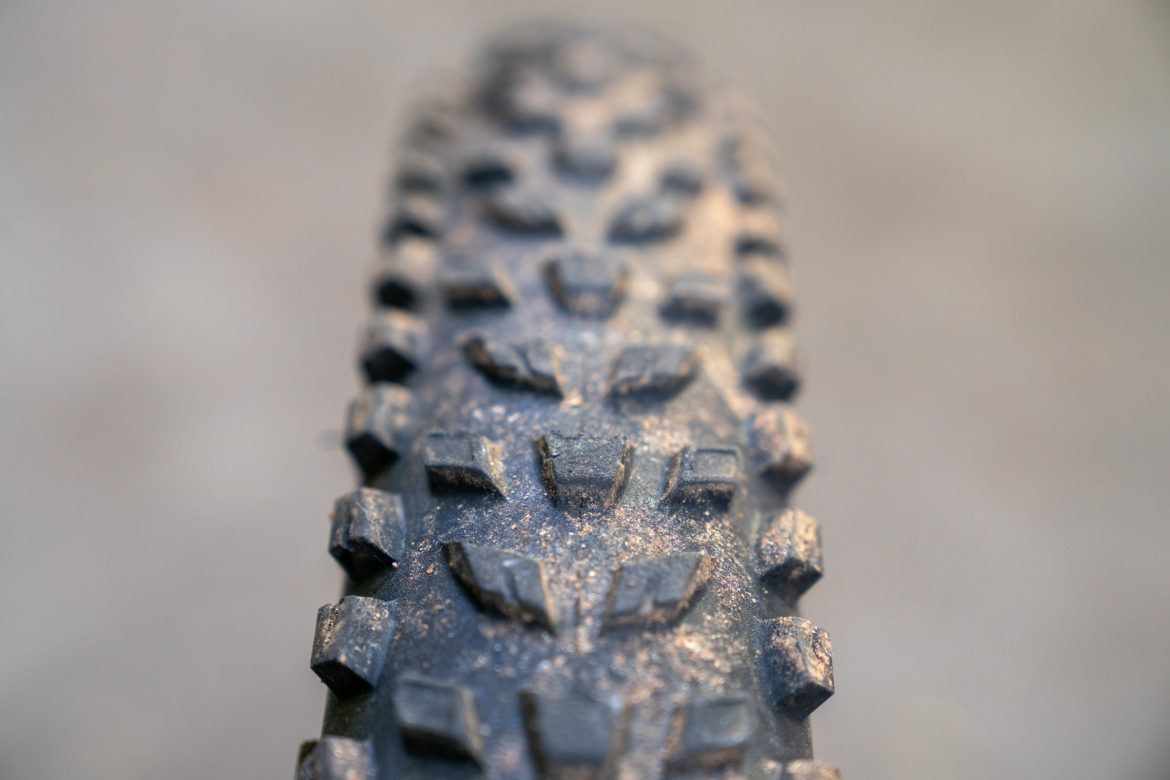
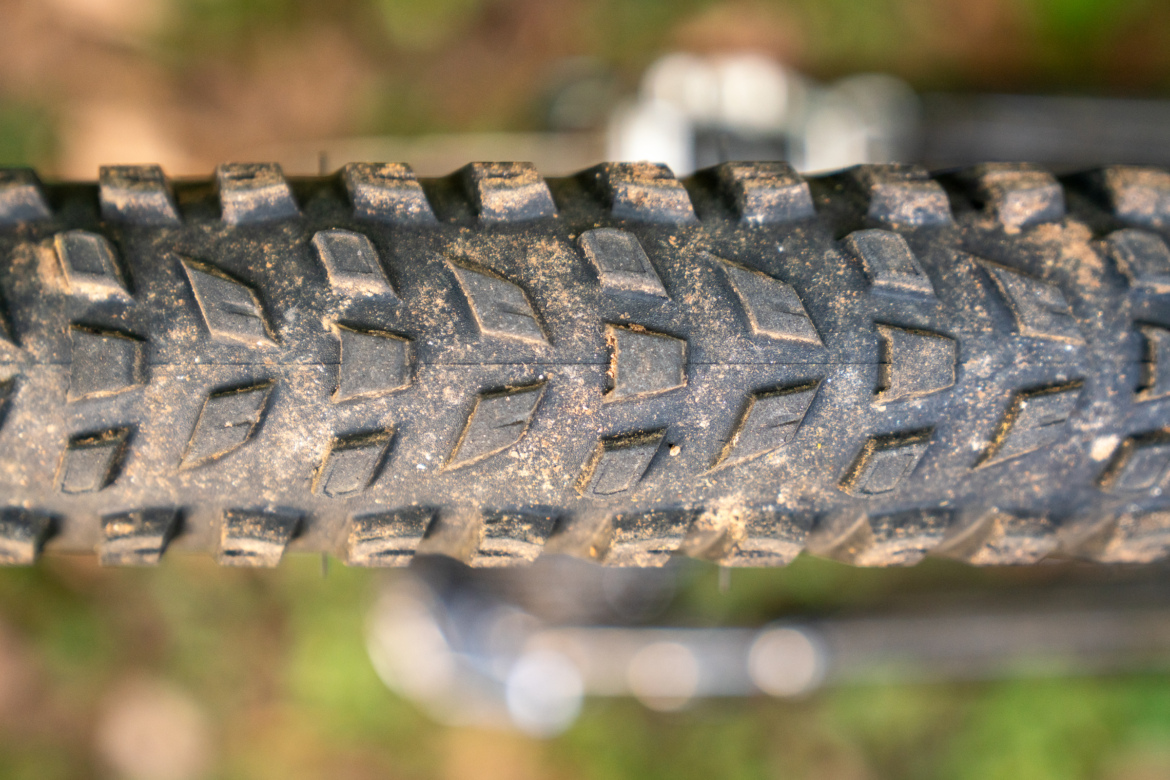
The side knobs are taller than any of the braking or transition knobs and are siped to help them conform to the terrain. A 60TPI Durable casing (tested) is paired with a tear protection layer that makes the tire feel responsive without flopping in hard turns. More aggressive riders can opt for a Durable Plus version of the Clifty, which adds another layer of casing for a stiffer sidewall and additional pinch flat protection.
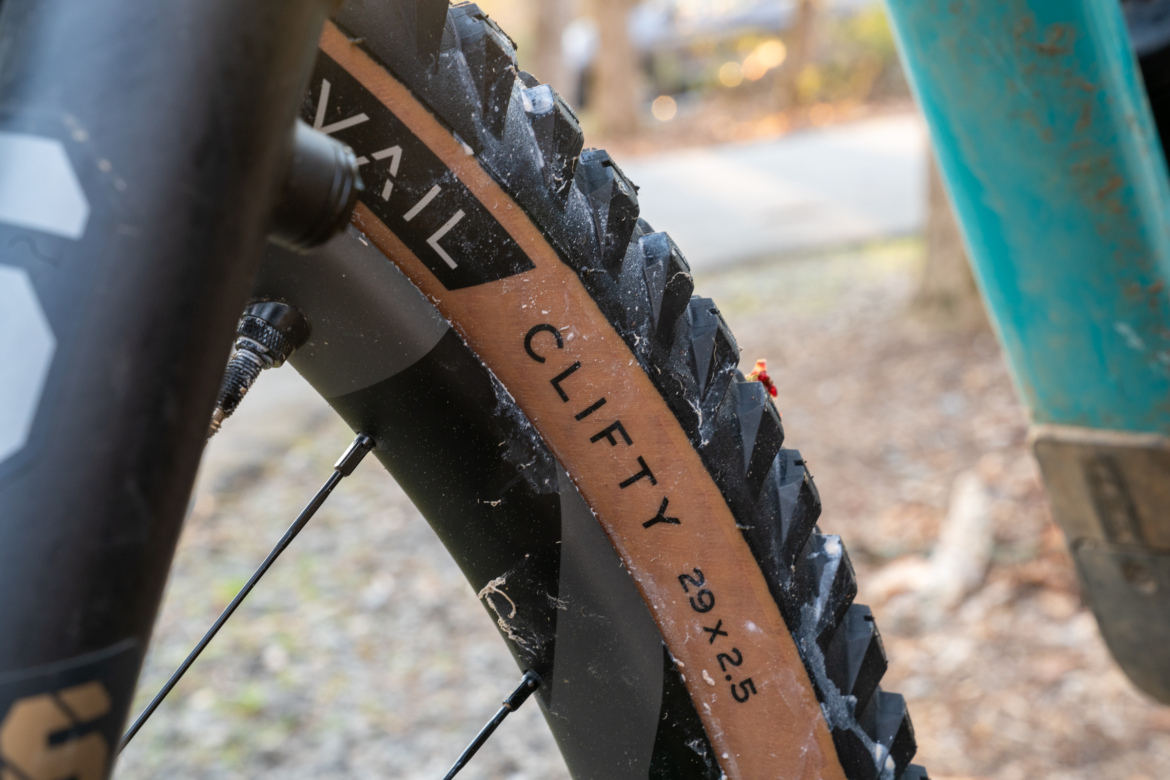
On the trail, the Clifty handles differently depending on whether it’s mounted up front or in the rear. Up front in Pisgah on a Yeti SB140 with 160mm of front suspension travel, the reinforced side knobs gave me solid control and cornering confidence on dry black-diamond trails. That said, the tire isn’t nearly as intuitive or predictable as the Maxxis Minion DHF, which remains my benchmark for front tire grip. Though the Clifty worked great in Pisgah, I wouldn’t run it as a rear tire for the trails there, at least not with the Durable casing.
On damp and greasy trails, the Clifty struggles. For that reason, it won’t be my choice for late fall riding — I’ll be swapping over to knobbier tires like the Minion and Butcher eventually. But on dry and mostly hardpack trails, the Clifty certainly holds its own.
Mounted as a rear tire on my Canyon Neuron trail bike, the Clifty’s strengths really stood out. On gravelly Arkansas trails and rooty Vermont singletrack, braking traction was impressive, and the tire hooked up well on climbs. The Clifty delivers dependable grip, and at the same time it rolls pretty fast and doesn’t feel draggy. On rough and fast descents, it makes a satisfying phwapping sound, like a wooden mallet slapping leather.
Mounting and setup
Getting the Clifty initially inflated on a set of Shimano XTR wheels took more work than usual. The tire went onto the rim easily enough, but I really struggled to inflate the tire using a floor pump due to a slightly loose fit. To be fair, a lot of tires require the use of a compressor, and ultimately, I was able to pop the bead using a Crankbrothers floor pump that has a Burst Tank — no compressor required.
After a few rides, I switched the Clifty to my Neuron, first in the front and later in the rear, where it’s currently rolling. Neither installation gave me any problems. Running an average pressure of about 17psi, I haven’t noticed any abnormal pressure loss or experienced a single burp over the course of hundreds of miles of riding.
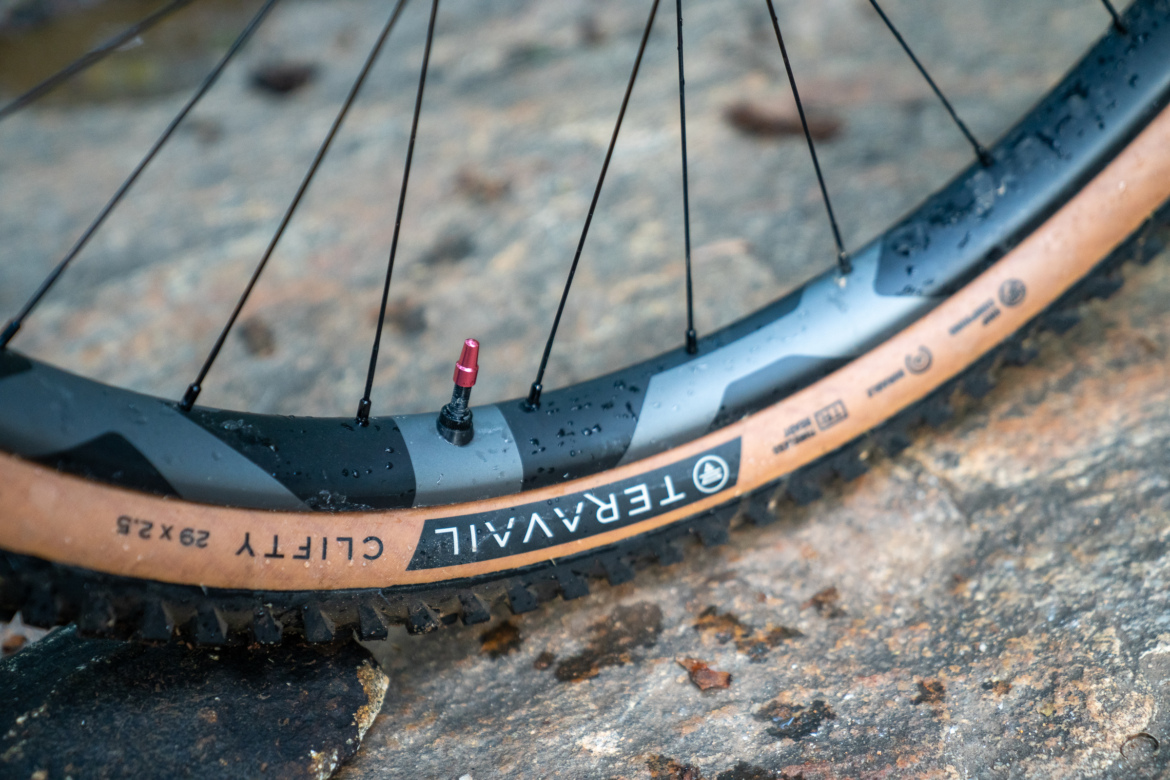
Tire specs and durability
Weighing 950g for the 29×2.5” Durable casing tire I tested, the Clifty isn’t particularly light, but it’s not outside the norm for a trail tire in this size and category. What matters more is that despite pushing the tire hard on sharp, rocky trails, I haven’t suffered a single puncture or pinch flat, thanks in part to the puncture protection layer running beneath the center tread.
After riding hundreds of miles, the center knobs — in particular, those trapezoidal center knobs — are looking pretty worn down. The tire I tested uses Teravail’s Grip compound, which isn’t as soft as the Grip Plus compound found on the Durable Plus version of the Clifty. Given the amount of wear over a season of riding, I think the longer-wearing Grip compound is the right choice for me; otherwise, I might’ve had to replace the tire by now.
Share your Teravail Clifty review
At $80 MSRP with black or tan sidewall options available, the Clifty is priced competitively against similar aggressive trail tires. Riders looking for a long-lasting, reliable rear tire will likely find it a fair deal.
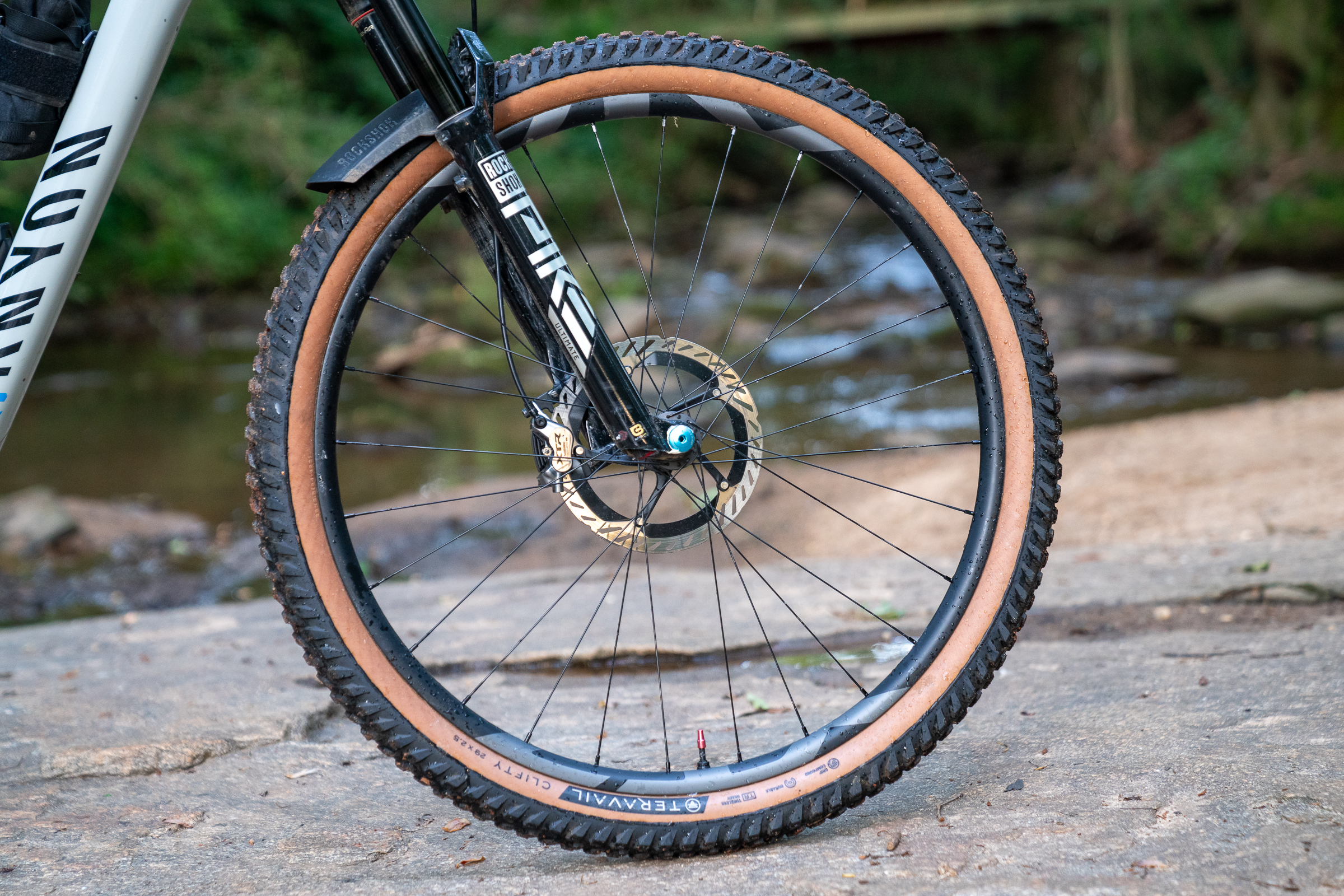
Pros and cons of Teravail Clifty
Pros
- Balanced design delivers a good mix of speed and grip for dry and hardpack conditions
- Proven to resist punctures and pressure loss
Cons
- Transitions aren’t entirely predictable
- Struggles in damp conditions
Bottom line
The Teravail Clifty balances speed with grip and has proven capable at both ends of the bike.





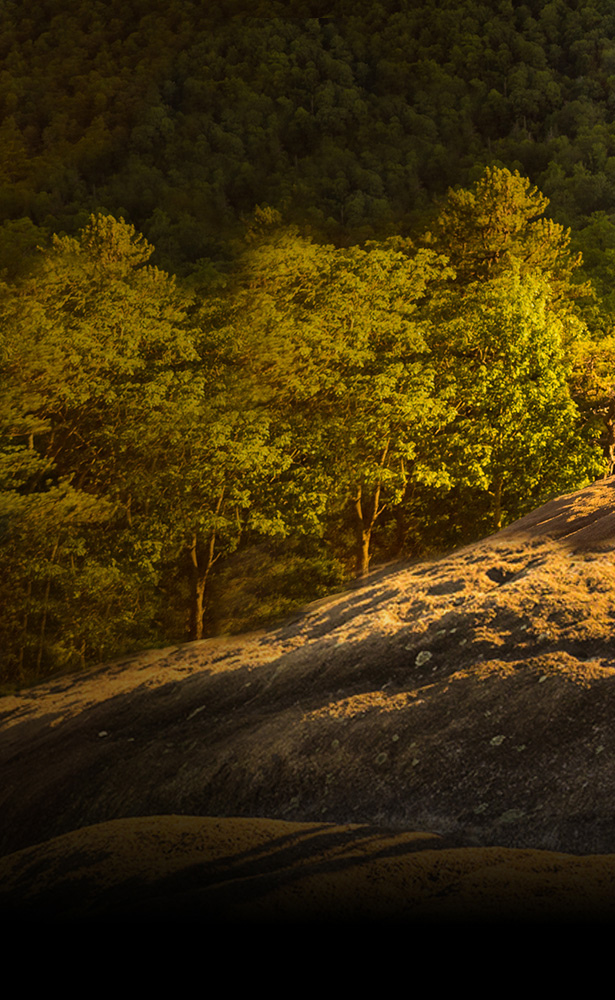
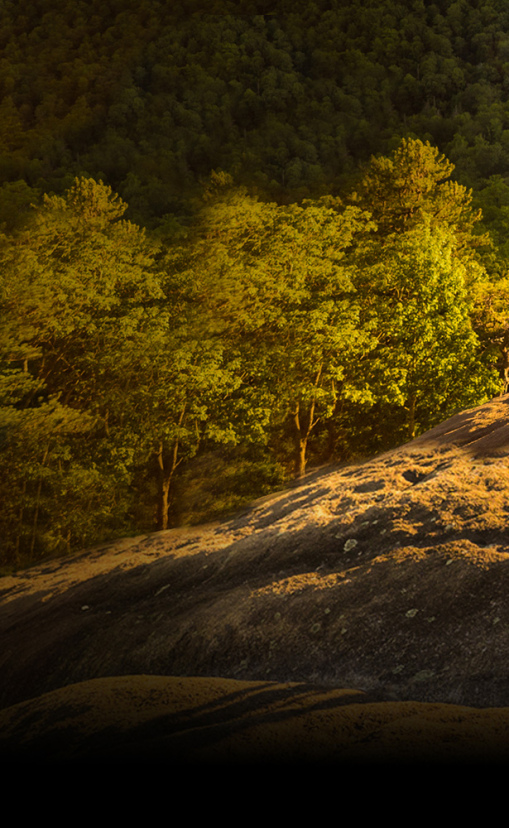
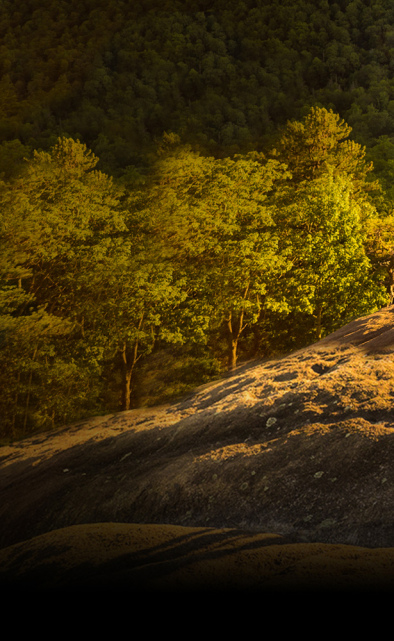
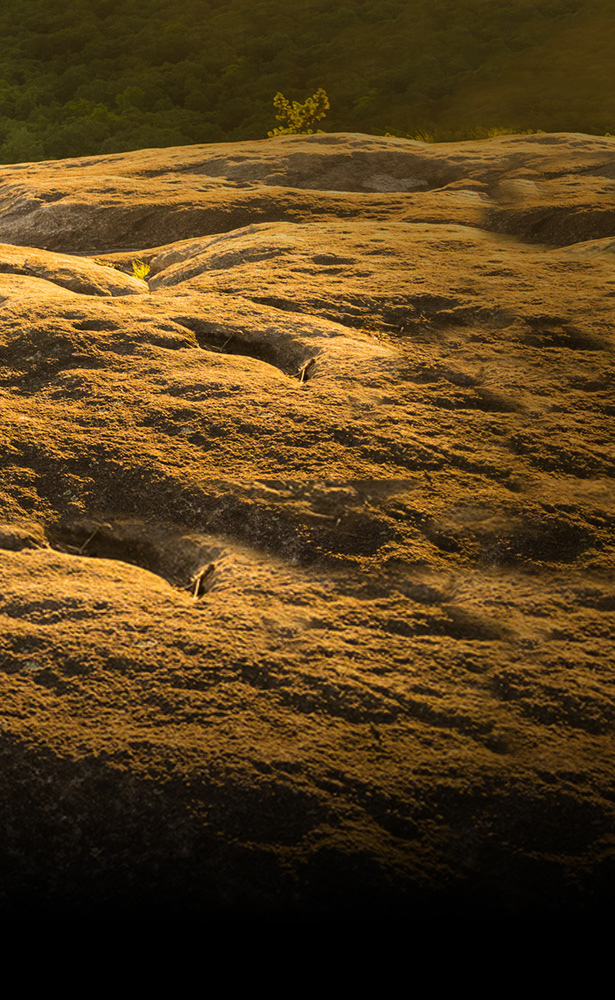
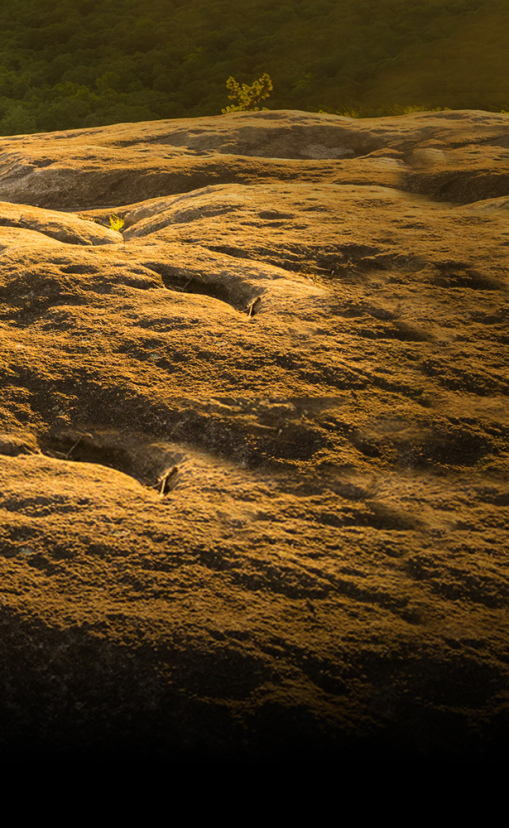
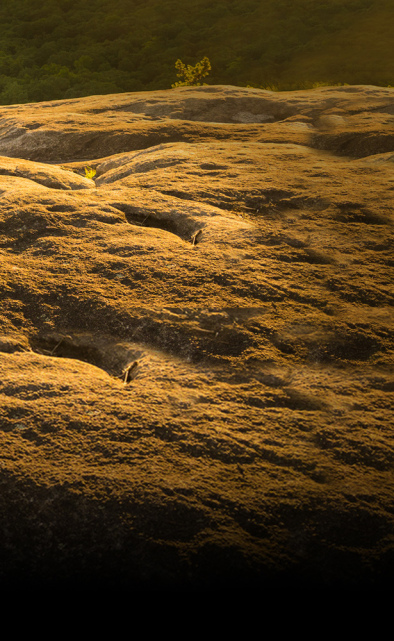
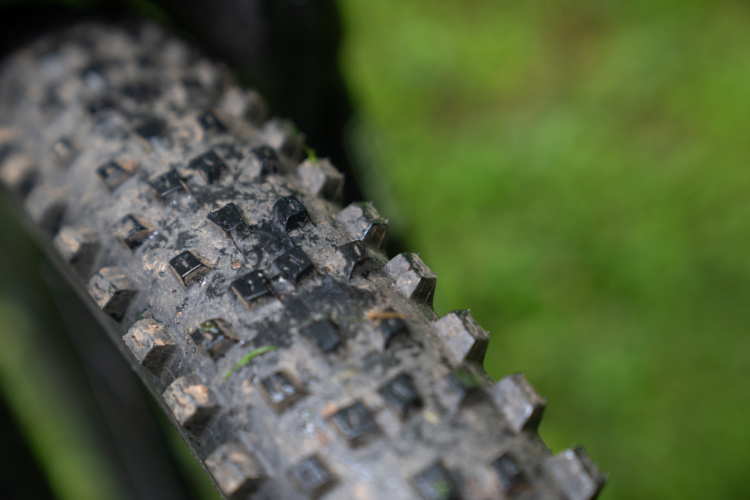


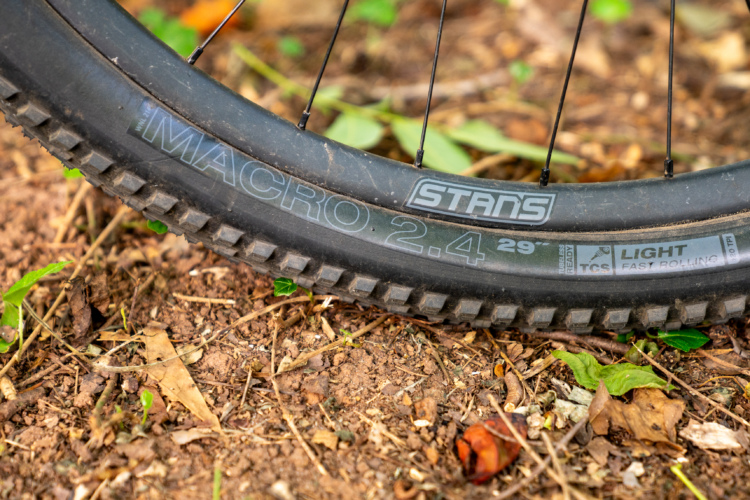
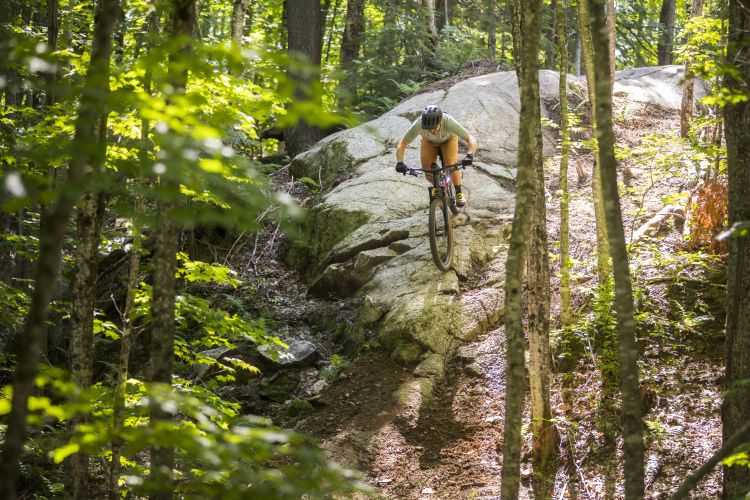
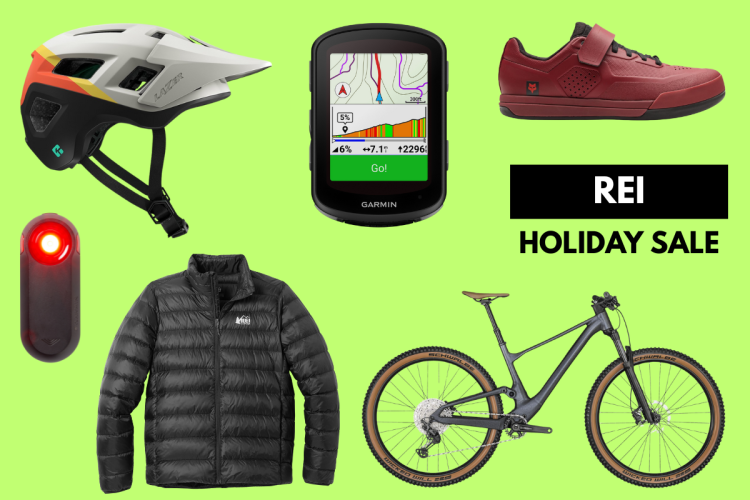

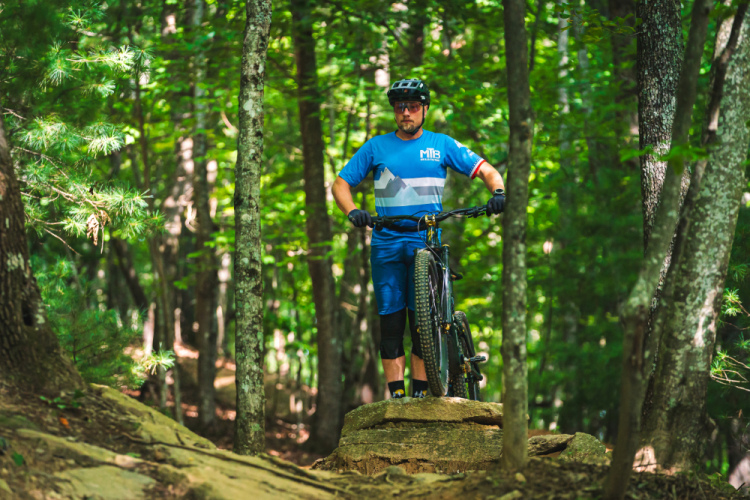

0 Comments